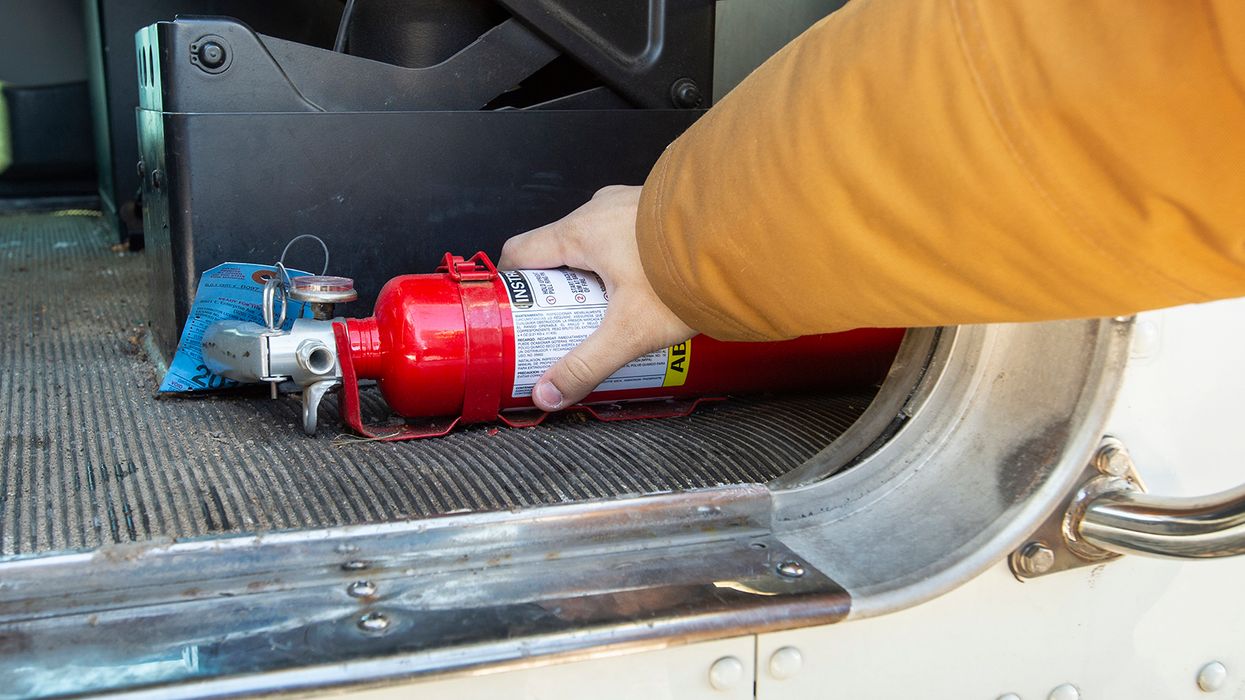Equal pay for equal work — motor carriers must close pay gap to recruit, retain drivers
The Equal Pay Act of 1963 celebrated its 60th anniversary in early June. This landmark legislation made it illegal for employers to pay women less money for the same work as men. Even though the gender wage gap has narrowed in the past 60 years, there is still progress to be made.
Women employees earn less, on average
The U.S. Department of Labor reports that women who work full-time year-round are paid 84 cents on the dollar compared with men. That amounts to nearly $10,000 less per year, with even larger pay gaps for women of color.
Gender pay gaps can be found across most industries, including transportation. As motor carriers grapple to put drivers in seats of big rigs, carriers must ensure that they’re paying all drivers equally.
Pay differentials are permitted when they are based on seniority, merit, quantity or quality of production, or a factor other than sex.
What should carriers do?
Paying drivers higher or lower wages based on their gender is the tip of the discrimination iceberg. It’s likely that if a carrier does this, there are bigger issues at play.
Equal pay for all drivers needs to have a top-down approach. Not only should inclusion and fairness be part of a carrier’s workplace culture, but the specifics should also be spelled out in a company handbook.
| Want to read more about hiring? Two steps in hiring process too important to ignore |
Three key items to include in a handbook
Clear communication regarding job expectations and company processes is critical for motor carriers to achieve recruiting and retention goals. One of the most important communication tools a carrier can use — especially with new drivers — is a company handbook.
A well-written, thorough handbook can help eliminate any potential pay discrimination issues. While the contents of a handbook will vary, here are three key items for carriers to include:
- At-will statement. This indicates that nothing in the handbook should be considered above the at-will relationship. The handbook is not an employment contract.
- Equal opportunity employment statement. This statement should reaffirm that the carrier will not discriminate on the basis of race, color, religion, sex, national origin, disability, age, and any other categories of protected class. This should apply to pay, benefits, and any other perks and practices of employment.
- Policies. All policies related to drivers/employees should be in the company handbook. To limit potential liability there should be audits to verify that policies, especially related to driver/employee treatment, pay, and safety, are being followed consistently.
Key to remember: The Equal Pay Act is a federal law requiring that all genders be given equal pay for equal work in the same establishment. As motor carriers struggle to hire drivers, they should ensure that all drivers are paid equally.






















































